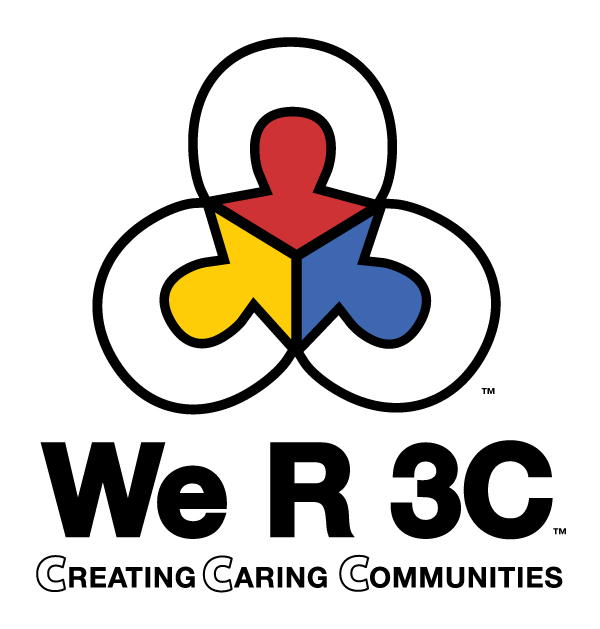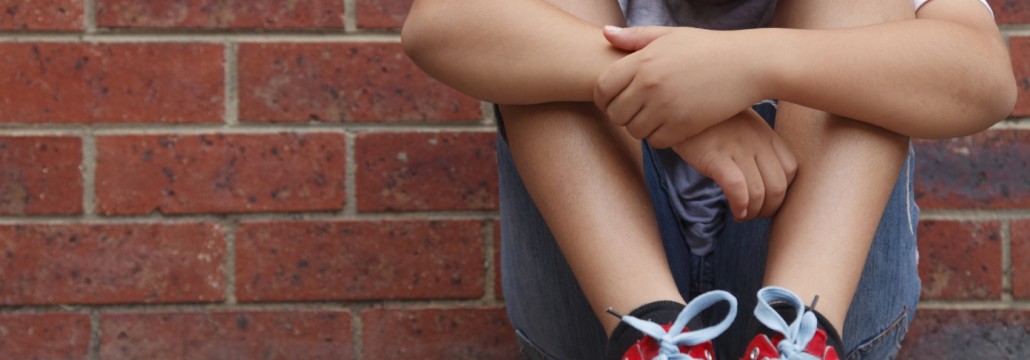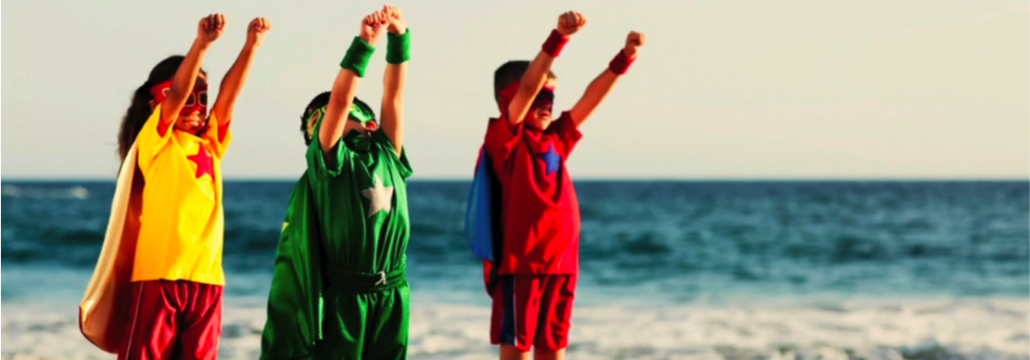Bullying Does Not Happen in a Vacuum
Bullying behaviors do not happen in a vacuum. They come out of a context. The context can include the dynamics of the community in which they occur and they can come out of the context of the individual’s external or internal condition.
Some of the dynamics that can be included in the context of the community are the interpersonal relationships of the individuals and groups that make up the community, how the community deals with the behaviors of its members, the way that consequences of appropriate or inappropriate are meted out by the authorities in the community, the perception of the individuals that make up the community by other community members and the authorities in the Community, etc.
Some of the dynamics that come into play regarding the individuals that make up the community can include external factors such as home life, upbringing, accepted mores in the household, family relationships, etc. Dynamics that can also affect the behaviors of an individual can include internal factors such as illness, lack of sleep, having been hurt by another member of the community, etc.
In other words, bullying behaviors can be motivated by a number of factors at any given time. Unless the individuals that make up a community can be aware of, be made aware of or are taught how to become aware of that fact, then the chances of healing a relationship damaged by bullying behavior, having the bullying behavior curtailed and having the bullier become as congenial and productive member of the community, become reduced considerably.
Since social behavior is created and influenced holistically, the solution that will minimize or obliterate devaluing behavior needs to be addressed holistically as well. That concept of a holistic approach holds true for both the community and the individuals that make up the community. The community itself and its individuals need to be given methods by which they can create an order that can achieve building, maintaining or healing relationships that will make the community a benevolent body.
This can be accomplished by teaching the members of the community processes by which they can develop healthy relationships, see the value in each other and acknowledge the value in each other. These processes can include teaching communities members how to learn about one another, teaching the individual community members how to develop or find understanding, compassion and empathy and by using those three qualities to arrive at letting go of the need for revenge and bitterness towards the offender. In another word, “Forgiveness”.
Bullying behavior is holistically created. In can only be effectively vanquished by addressing its dynamics holistically .




